As a leader in corporate social responsibility, P&G India has been at the forefront of advancing LGBTQ+ equality, both within the workplace and in broader communities.Through its efforts, the organization is not only reinforcing its inclusive culture but also driving meaningful change in society, ensuring that LGBTQ+ people can thrive both at work and in their communities.
In an exclusive interview with Enakshee Deva, Head of Corporate Communication & CSR at Procter & Gamble India, TheCSRUniverse delves into the company’s robust efforts in promoting diversity, equity, and inclusion (DE&I). She shares insights into how the company’s initiatives, like the 'P&G Share The Pride Inclusion Handbook,' are creating safe spaces and fostering visible allies for the LGBTQ+ community, reflecting P&G's long-standing commitment to diversity.
Scroll down to read the full interview.
Q. Please elaborate on the 'P&G Share The Pride Inclusion Handbook' and its significance in creating safe spaces and visible allies for the LGBTQ+ community.
A. For more than 30 years, P&G has championed LGBTQ+ equality, working to create superior experiences for LGBTQ+ consumers and employees that drive growth and positively impact individuals and communities. We believe a diverse employee population and inclusive culture improve the ability of our company and brands to win with an increasingly diverse set of consumers around the world. So, we work to create opportunities and remove barriers within our systems, policies, and processes to create a more equitable and inclusive environment for all employees. At the same time, we are committed to providing access and opportunity so LGBTQ+ people can thrive in communities where they work and live.
The ‘Inclusion Handbook’ has been developed by Out & Equal in partnership with P&G India and queer clubs of 6 premier educational institutes including Pride of Joka from IIM Calcutta, Vannam IIT Madras, and XLRI among others.
The handbook covers essential topics such as LGBTQ+ terminology, the nuances of allyship, recommended practices, insights on the coming-out journey, and more. This initiative represents a significant advancement in P&G India’s #ShareThePride program announced last year, intended to partner with educational institutes to create safe spaces and visible allies for the LGBTQ+ community.
Q. How has P&G India contributed to advancing equality and inclusion for the LGBTQ+ community in the country?
A. While we drive inclusion for the community within the Company, we are also committed to providing access and opportunity so LGBTQ+ people can thrive in communities where they work and live.
Through engagement in a broad range of community initiatives, we actively lead and inspire meaningful support for LGBTQ+ equality that expands opportunity and ultimately accelerates growth.
As part of the Company’s flagship CSR initiative – P&G Shiksha, we are partnering with NGOs like Pratham Infotech and Humsafar Trust to provide digital upskilling and employability enhancement training to underserved communities, including the transgender community. Project #PragatiForPrideimparts a diverse range of digital skills to enhance employable opportunities.
Together with the Indian Institute of Technology, Madras, we hosted the second edition ‘Vanavil: P&G - IIT Madras Equality Summit’ to advance equality and inclusion for the LGBTQ+ community in colleges and workplaces. The summit was a confluence of important conversations like signs of an inclusive workplace, and various issues of contemporary as well as historical relevance to the queer community.
This year in May, P&G India organised the 5th edition of its flagship equality & inclusion summit #WeSeeEqual.For many years, we have been leveraging this flagship platform to spark pertinent conversations with credible external and internal voices. This year, during the Summit, trailblazers and advocates of the community came together for thought-provoking discussions on varied topics including the evolving concept of family, mental wellbeing, true equality, and intersectionality across aspects.
As part of this event last year, we announced our commitment to partner with 50+ educational institutes across the country to foster safe spaces and visible allies for the LGBTQ+ community. The initiative, called ‘ShareThePride’, is working to drive awareness and sensitize students, faculty, and staff in these institutes on conscious and sub-conscious biases, and spotlight challenges faced by the LGBTQ+ community in a heteronormative environment.
Q. Can you share which initiatives P&G has in place to create an inclusive, gender-equal environment within the company?
A. We have continued to drive deliberate efforts at P&G India, creating opportunities and removing barriers within our systems, policies, and processes to create a more equitable and inclusive environment for all employees. In doing so, we strive to create a culture where every employee can fully focus on their contributions to the success of our business as their authentic self. We do this because we know that our diverse employeesbring value to our business through their broad range of experiences and insights, giving us a competitive advantage that drives growth and positive impact.
Our journey of equality and inclusion within the companystarts with a foundation of Inclusive policies and meaningful interventions. Our focus is on creating superior employee experiences that attract, retain, and develop talent across genders, ages, orientations, abilities, etc.
Our financial and medical benefits are a fully inclusive and equality-based program, which extend to all our people alike including partners of our LGBTQ+ employees. This includes but is not limited to:
- Dedicated employee benefits under the ‘Inclusive Care Program’ to empower employees with holistic financial, physical, mental, and workplace wellbeing benefits, where employees are eligible for a bouquet of options, based on their unique needs, towards the fixed cash allowance. This also includes strengthened ‘CARE’ networks which include dedicated networks for caregivers, parents, pet parents, etc. to enable belongingness and progress via shared experiences.
- Infertility Treatment Support policy, to support employees of diverse gender identities, sexual orientations, and family structures with more inclusive opportunities for family planning.
- Lead With Care support program for parents who are caregivers to children with disabilities.
- Share the Care inclusive parental leave policy, covers all new parents including biological parents, domestic partners, adoptive parents, and parents in same-sex couples to 8 weeks of fully paid parental leave.
- Our ‘Happy Minds 2.0’ mental well-being program is designed to support employee well-being comprehensively and comprises a bouquet of initiatives, including counselor services at the workplace, preventive mental health check-ups, enhanced awareness among leadership to identify mental well-being impact indicators within workgroups, and increased flexible working arrangements for employees, among others.
- Medical benefits and hospitalization cover including Partners of LGBTQ+ employees
- Emergency financial assistance which LGBTQ+ employees can avail for their partners. (P&G India provides emergency financial assistance to its employees and their partners in case of natural calamity, death of an immediate family member, or hospitalization of an immediate family member to cover expenses not covered in the company’s medical policy)
Q. Can you please tell us about the key challenges and learnings from your efforts toward building a more diverse workforce?
A. We know that the journey of advancing inclusion is a marathon and not a sprint, and there is a more to be achieved. Therefore, we continue in our efforts with consistency and authenticity, to foster an environment where every individual feels valued and empowered to contribute their unique perspectives and talents. Be it our inclusive policies, efforts to drive everyday inclusion at the workplace, or simple visible and vocal allyship, we work to ensure that every employee, can thrive and succeed, and contribute to the growth of business to the best of their potential.
Q. What are some of the major CSR projects that P&G India has undertaken or supported in the past few years? Are there any specific achievements or success stories that you would like to share with us?
A. P&G Shiksha is the flagship CSR program of P&G India, started in 2005 with the aim of providing access to education to underprivileged children. What started as a program to build schools across the country in line with the government’s mission, has today evolved into a holistic program that addresses some critical barriers to achieving quality education. The P&G Shiksha program today focuses on:
- Improving learning outcomes in children via remedial learning interventions
- Strengthening educational infrastructure to aid learning
- Empowering marginalized communities through education
Through these efforts over the last 19 years, P&G Shiksha is impacting more than 45 lakh children.
This has been achieved via varied programs, including:
- Enhancing education Infrastructure: We support schools that operate from dilapidated or open structures and need strong infrastructural support in remote areas by improving their infrastructure, including constructing classrooms, building playgrounds, and providing clean drinking water and separate toilets, to create a conducive learning environment together with our NGO partner Round Table India. We also promote sustainability at P&G Shiksha-supported schools through rainwater harvesting infrastructure.
- Community Remedial Learning: We are implementing on-ground remedial learning interventions in partnership with Pratham Education Foundation, through a community-based and in-school model to provide remedial learning support to children in Grades 3 to 5. We focus on language and math skills based on their individual learning levels. to help strengthen their skills in these foundational subjects.
- Digital Remedial Learning: We are also leveraging technology to improve learning outcomes in children, in partnership with Educational Initiatives through ‘Mindspark’, a computer-based adaptive learning tool to remediate learning gaps in students. The AI/ML-enabled tool integrates pedagogy, teacher instruction, and a learning management system to assess a student’s learning level and develop a customized learning path for each one of them. Through this initiative, we are also specifically impacting over 20,000 children from Tribal communities of Maharashtra and Telangana, in partnership it the government offices.
- Early Childhood Education: We partner with Pratham Education Foundation to provide holistic development programs for children aged 3 to 6, focusing on motor, cognitive, social-emotional, language, and creative skills.
- Girl Child Education in Rajasthan: We work with Bal Raksha Bharat (formerly Save The Children) to promote girls' education in Rajasthan, by supporting government-run residential Kasturba Gandhi Balika Vidyalaya’s (KGBV) and a larger set of schools, across 7 districts of Rajasthan to provide quality education to girls through holistic infrastructure and learning interventions. We are also creating specialized STEM labs at these schools to encourage girls' interest in STEM subjects.
- STEM Scholarships: Through the ‘P&G Shiksha Betiyan Scholarship Program’, we are partnering with the Centre For Civil Society to empower girls pursuing STEM education by offering financial aid and mentorship, with the aim of increasing the representation of women in the STEM workforce.
Q. P&G works extensively with communities around the world. How does the organization’s understanding and reach amongst underprivileged communities help you in designing and strengthening your social initiatives? How do you involve and empower these communities to take on a more active role in your projects?
A. We’d like to spotlight this through an example of one of our programs that is dedicated to improving learning outcomes in children. The three programs being implemented as part of this, involve the community and its stakeholders in the implementation strategy, in a significant manner.
For instance, our Early Childhood Education program in partnership with Prathamuniquely involves mothers in children’s learning development, by creating ‘Mother’s Groups’ to ensure learning continuity at home in the communities. In fact, taking inspiration from this unique initiative, last year, we also witnessed a first-of-its-kind government initiative in the Nagpur division, to involve parents, particularly mothers, in the child’s learning at a community level through the adoption of mothers’ groups. As part of this, teachers mobilized mothers of children in Grades 1 to 3 to form hamlet-wise mothers’ groups and enable learning at home.
In our Community Remedial program, children who have benefitted from the remedial learning and moved on to higher grades come back to join us as volunteers in the community to impart remedial learning to the younger students, effectively creating a fine blueprint of a self-sustainable implementation model.
Even in our digital remedial learning program, executed in association with Education Initiatives (EI), we have community volunteers who work as Mindspark lab in charge, effectively aiding teachers and students at school alike in reaping benefits from the Mindspark tool. They also act as the first line of communication with the local community, helping secure the trust and support needed from parents and other stakeholders in the community.
Our executional approach ensures we follow a multi-stakeholder approach, involving all stakeholders including NGOs, parents, teachers, etc. alike. We believe that for any effective CSR program, we need to take everyone along, especially the multiple stakeholders from the community.
Q. What are some of the most persistent challenges that you come across while implementing your social initiatives? How are you addressing the same?
A. Challenges differ basis the program specifics. We focus a lot on initial proof of concept before expanding programs, to ensure we are working with local stakeholders. As many children we work with are first-generation learners, parents and guardians can seldom participate in the education journey. We therefore also focus on creating a large-scale awareness regarding learning gaps among various stakeholders – from principals, and teachers to guardians, parents, and well-wishers! We are doing this through our awareness campaign called #StandUpForLearningGap.
Reports reveal that nearly half of primary school students (6+ crore) have learning levels lower than appropriate for their grades. This gap between current and expected grade learning levels is referred to as the ‘learning gap’. The gap significantly impacts children who perpetually keep trying to cope, and if not addressed timely, gaps can widen and might result in children dropping out. Therefore, through our campaign, we are trying to drive large-scale awareness around the issue to educate more parents, guardians, and stakeholders and urge them to take collective action to remediate these gaps. After all, awareness is the first step to remediation.
Q. Assessing the impact of social projects is often a complicated process as multiple variables and qualitative aspects need to be factored in. What parameters do you broadly use while measuring the impact or SROI of your projects?
A. At P&G, we follow stringent measures to effectively and accurately measure the impact of various initiatives of P&G Shiksha on the communities we operate in. We partner with the NGOs and are actively involved at all stages of implementing the initiatives,startingfrom strategy to execution and measurement of impact. We also have dedicated drumbeats at frequent intervals with the NGO partners, to assess the progress we are making, and take any course correct measures if required to create an immediate impact. Further, we also conduct independent impact assessment studies, to understand the impact of our programs from the lens of the varied stakeholders of these programs.



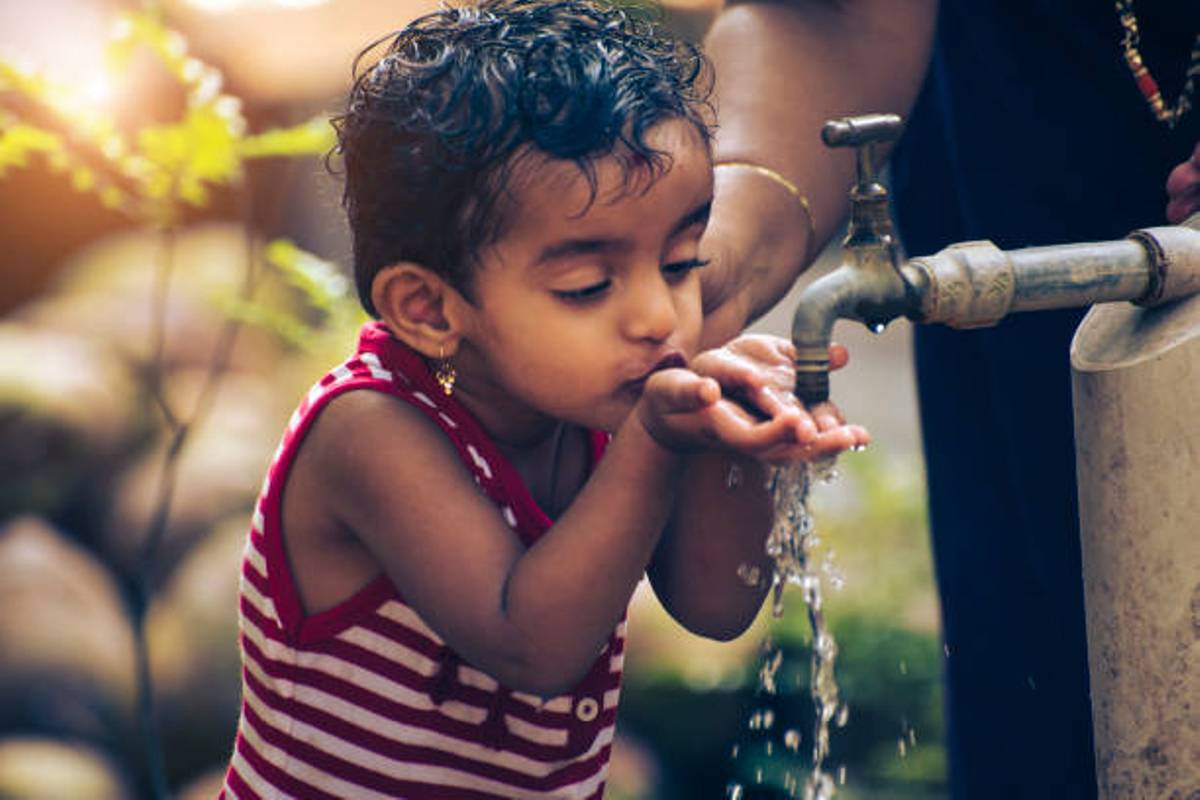
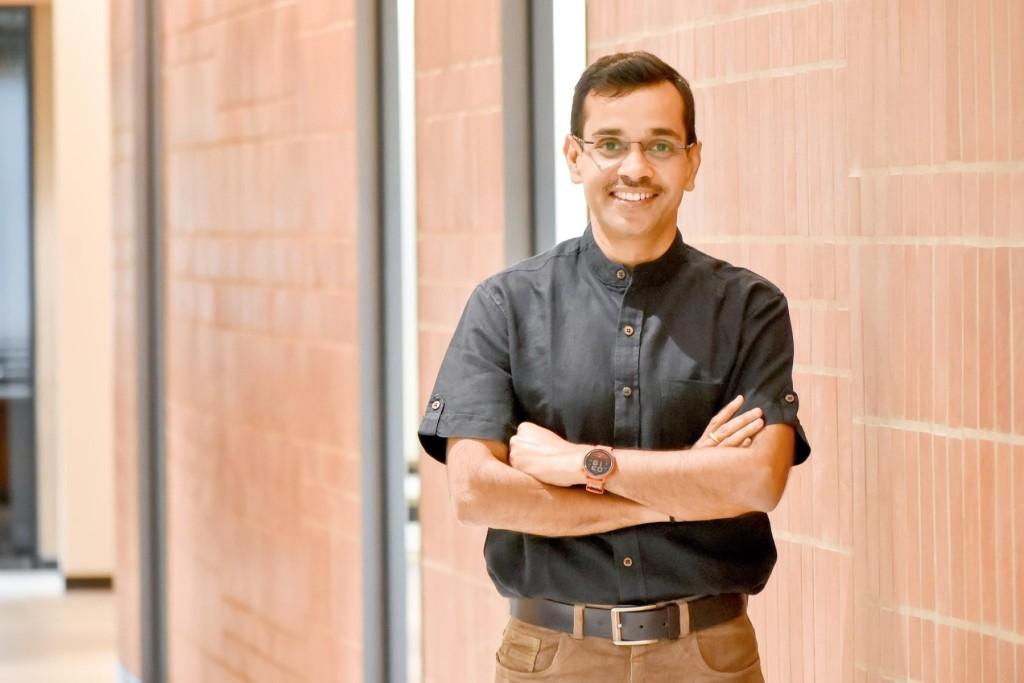

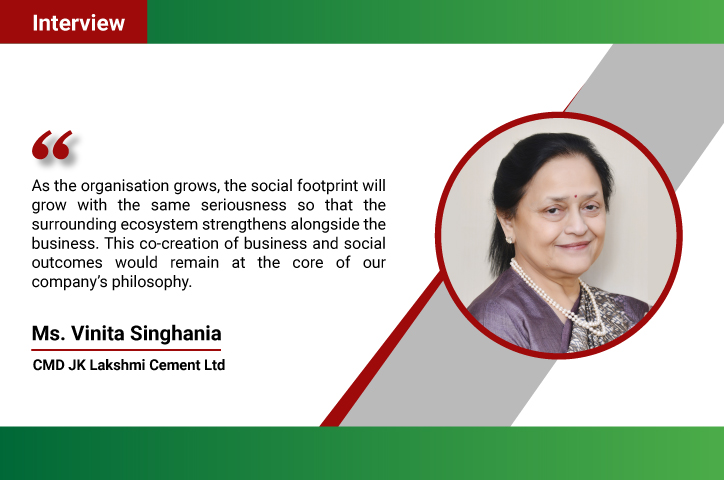
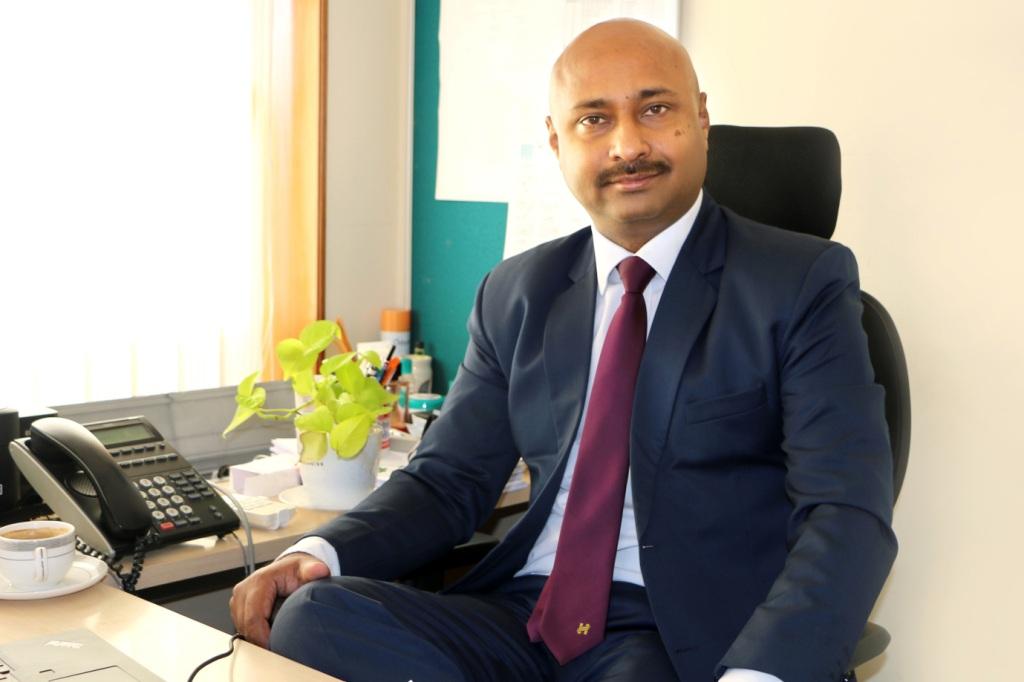
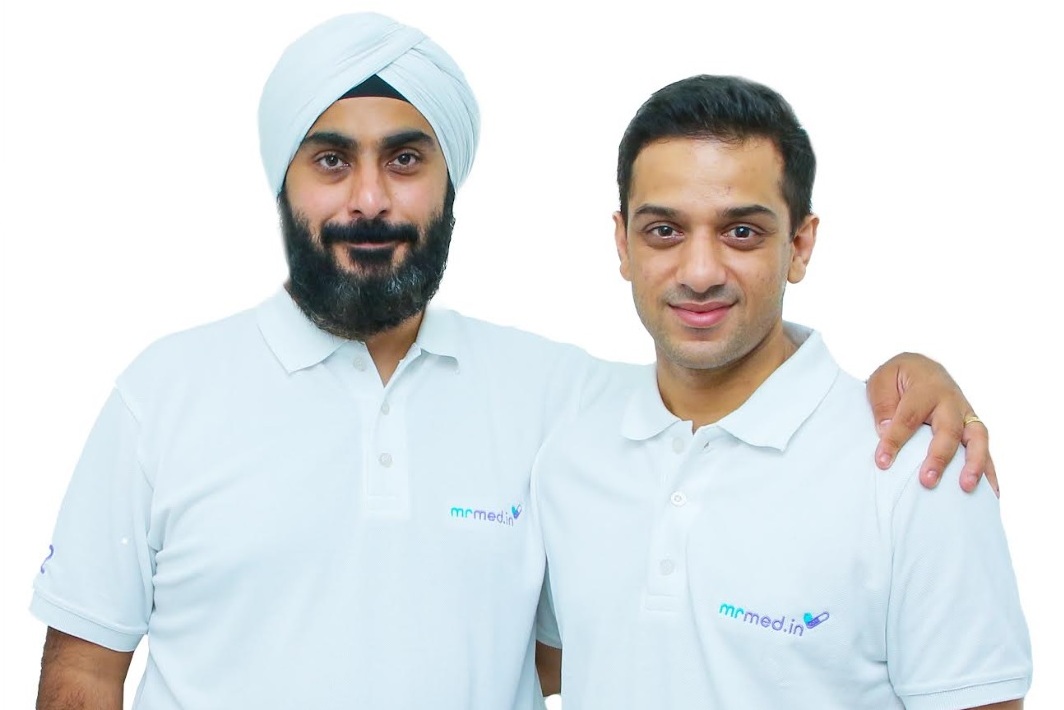
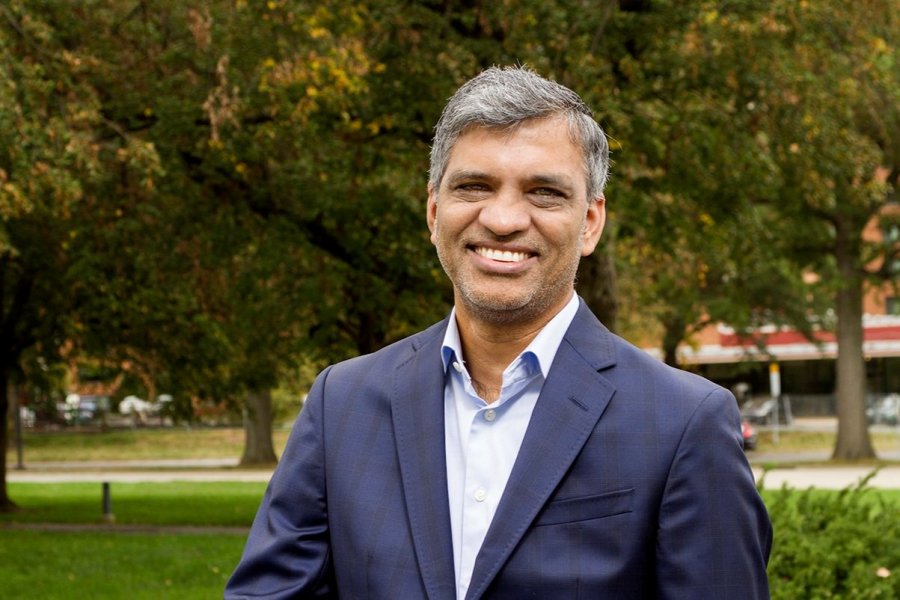


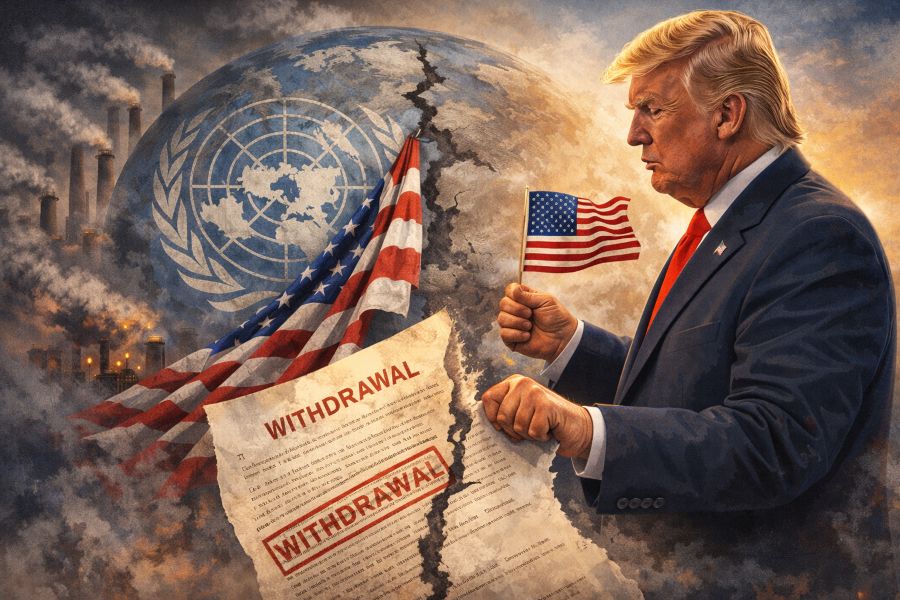
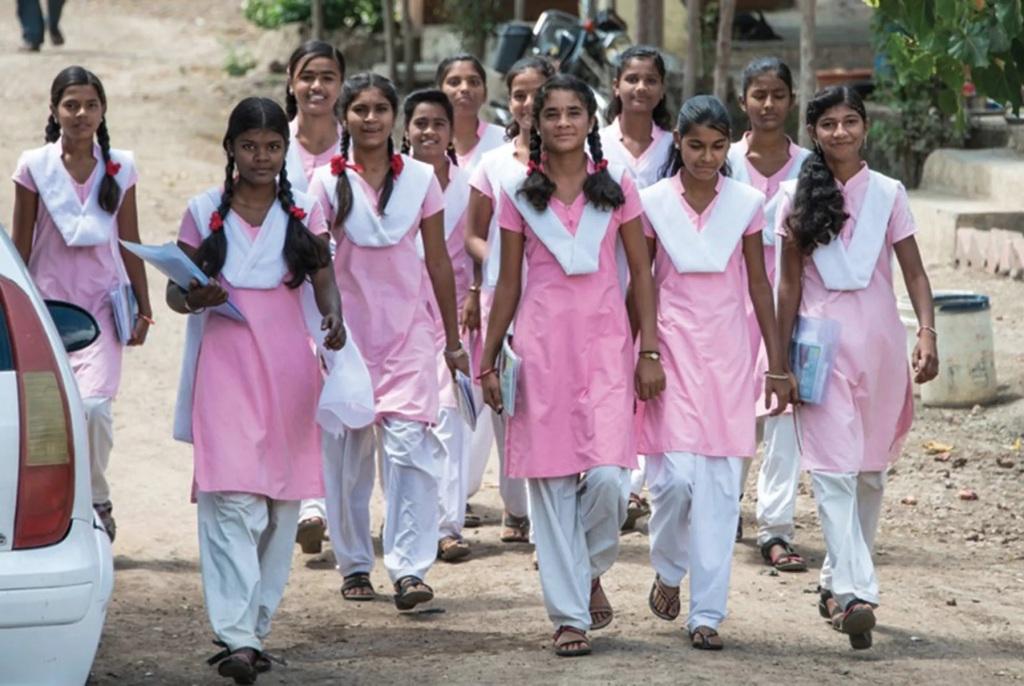

.jpg)




